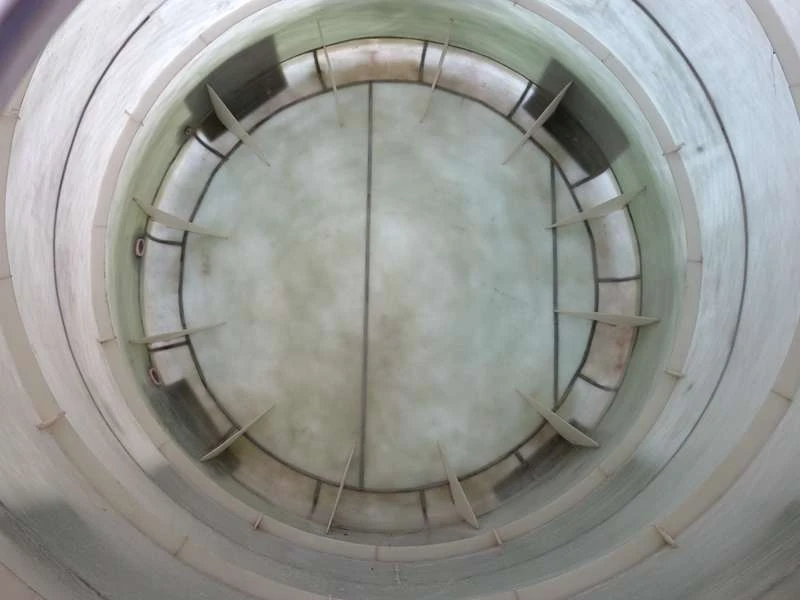
-
 Afrikaans
Afrikaans -
 Albanian
Albanian -
 Amharic
Amharic -
 Arabic
Arabic -
 Armenian
Armenian -
 Azerbaijani
Azerbaijani -
 Basque
Basque -
 Belarusian
Belarusian -
 Bengali
Bengali -
 Bosnian
Bosnian -
 Bulgarian
Bulgarian -
 Catalan
Catalan -
 Cebuano
Cebuano -
 China
China -
 China (Taiwan)
China (Taiwan) -
 Corsican
Corsican -
 Croatian
Croatian -
 Czech
Czech -
 Danish
Danish -
 Dutch
Dutch -
 English
English -
 Esperanto
Esperanto -
 Estonian
Estonian -
 Finnish
Finnish -
 French
French -
 Frisian
Frisian -
 Galician
Galician -
 Georgian
Georgian -
 German
German -
 Greek
Greek -
 Gujarati
Gujarati -
 Haitian Creole
Haitian Creole -
 hausa
hausa -
 hawaiian
hawaiian -
 Hebrew
Hebrew -
 Hindi
Hindi -
 Miao
Miao -
 Hungarian
Hungarian -
 Icelandic
Icelandic -
 igbo
igbo -
 Indonesian
Indonesian -
 irish
irish -
 Italian
Italian -
 Japanese
Japanese -
 Javanese
Javanese -
 Kannada
Kannada -
 kazakh
kazakh -
 Khmer
Khmer -
 Rwandese
Rwandese -
 Korean
Korean -
 Kurdish
Kurdish -
 Kyrgyz
Kyrgyz -
 Lao
Lao -
 Latin
Latin -
 Latvian
Latvian -
 Lithuanian
Lithuanian -
 Luxembourgish
Luxembourgish -
 Macedonian
Macedonian -
 Malgashi
Malgashi -
 Malay
Malay -
 Malayalam
Malayalam -
 Maltese
Maltese -
 Maori
Maori -
 Marathi
Marathi -
 Mongolian
Mongolian -
 Myanmar
Myanmar -
 Nepali
Nepali -
 Norwegian
Norwegian -
 Norwegian
Norwegian -
 Occitan
Occitan -
 Pashto
Pashto -
 Persian
Persian -
 Polish
Polish -
 Portuguese
Portuguese -
 Punjabi
Punjabi -
 Romanian
Romanian -
 Russian
Russian -
 Samoan
Samoan -
 Scottish Gaelic
Scottish Gaelic -
 Serbian
Serbian -
 Sesotho
Sesotho -
 Shona
Shona -
 Sindhi
Sindhi -
 Sinhala
Sinhala -
 Slovak
Slovak -
 Slovenian
Slovenian -
 Somali
Somali -
 Spanish
Spanish -
 Sundanese
Sundanese -
 Swahili
Swahili -
 Swedish
Swedish -
 Tagalog
Tagalog -
 Tajik
Tajik -
 Tamil
Tamil -
 Tatar
Tatar -
 Telugu
Telugu -
 Thai
Thai -
 Turkish
Turkish -
 Turkmen
Turkmen -
 Ukrainian
Ukrainian -
 Urdu
Urdu -
 Uighur
Uighur -
 Uzbek
Uzbek -
 Vietnamese
Vietnamese -
 Welsh
Welsh -
 Bantu
Bantu -
 Yiddish
Yiddish -
 Yoruba
Yoruba -
 Zulu
Zulu
frp step
Understanding FRP Step A Comprehensive Guide
Fiber Reinforced Polymer (FRP) composites have significantly transformed the construction and engineering sectors due to their unique properties. As industries continually seek materials that are strong, lightweight, and resistant to corrosion, FRP has risen to the forefront. This article explores the characteristics, applications, and benefits of FRP step, shedding light on why it has become an essential material in various fields.
What is FRP?
FRP is a composite material made from a polymer matrix reinforced with fibers. The fibers can be made from various materials such as glass, carbon, or aramid. The combination creates a material that is not only incredibly strong but also lightweight, making it an ideal choice for many applications. With excellent corrosion resistance and durability, FRP has found its way into everything from aerospace to civil engineering, marine applications, and beyond.
The Characteristics of FRP Step
1. Strength-to-Weight Ratio One of the most significant benefits of FRP is its exceptional strength-to-weight ratio. This means that FRP components can carry heavy loads without adding unnecessary weight, making them ideal for structures where weight is a critical factor.
2. Corrosion Resistance FRP materials are inherently resistant to environmental factors such as moisture, salt, and chemicals. This property makes them particularly suitable for harsh environments, thus extending their lifespan in applications like bridges, industrial facilities, and coastal structures.
3. Thermal Stability FRP can endure a wide range of temperatures without degrading. This thermal stability is essential for applications where materials are subjected to varying temperatures over time.
4. Low Maintenance Requirements Due to its durability and resistance to adverse weather conditions, FRP materials often require less maintenance compared to traditional materials like steel or wood.
5. Versatility in Design FRP can be molded into various shapes and sizes, offering flexibility in design that allows engineers and architects to innovate freely.
frp step

Applications of FRP Step
FRP's unique properties lend themselves to numerous applications
- Civil Engineering From bridges to parking garages, FRP is used to enhance structural integrity while reducing overall weight. - Aerospace The aviation industry exploits FRP for fuselage components and other structural parts. The lightweight nature of FRP contributes to fuel efficiency and overall performance.
- Marine Marine structures are often exposed to harsh conditions. FRP is used in the construction of boats, docks, and offshore platforms due to its corrosion resistance.
- Automotive In vehicles, FRP components can reduce weight while maintaining safety and performance standards.
- Sports Equipment Many modern sports goods, such as bicycles and helmets, utilize FRP for its lightweight and high durability.
Conclusion
The rise of Fiber Reinforced Polymer (FRP) step has revolutionized various industries, offering remarkable advantages in strength, durability, and versatility. As technology continues to evolve, it is likely that we will see even more innovative applications and improvements in FRP materials. By understanding the properties and benefits of FRP, engineers, architects, and project managers can make informed decisions about material selection, ultimately contributing to safer, more efficient, and longer-lasting structures.
As industries continue to prioritize sustainability and efficiency, FRP is well-positioned to play a crucial role in shaping the future of construction, transportation, and manufacturing. With its growing acceptance and adoption, FRP will undoubtedly remain a key player in the materials landscape for years to come.









